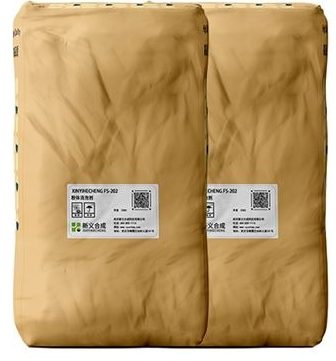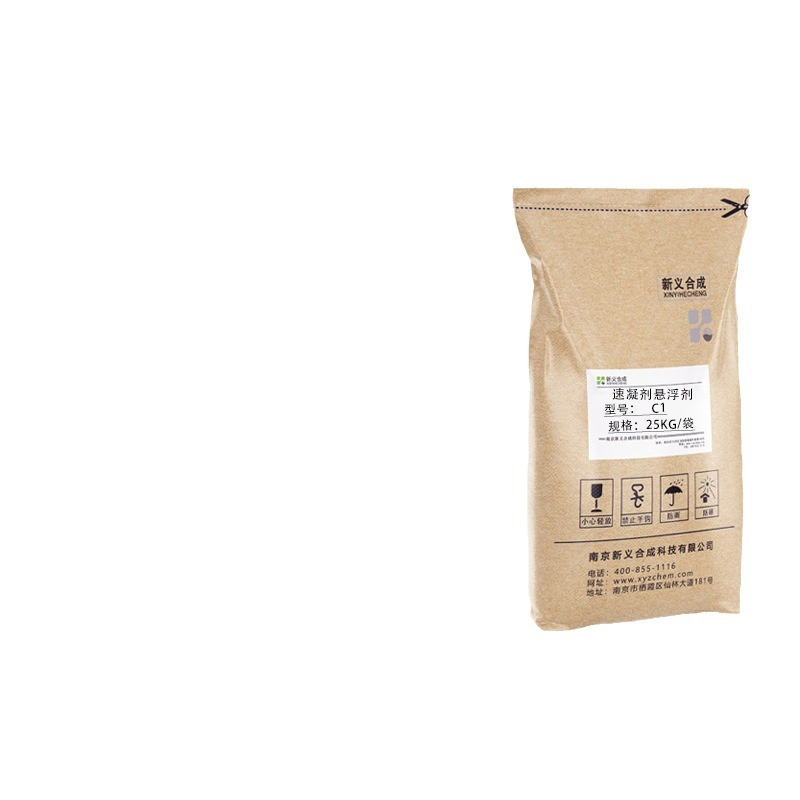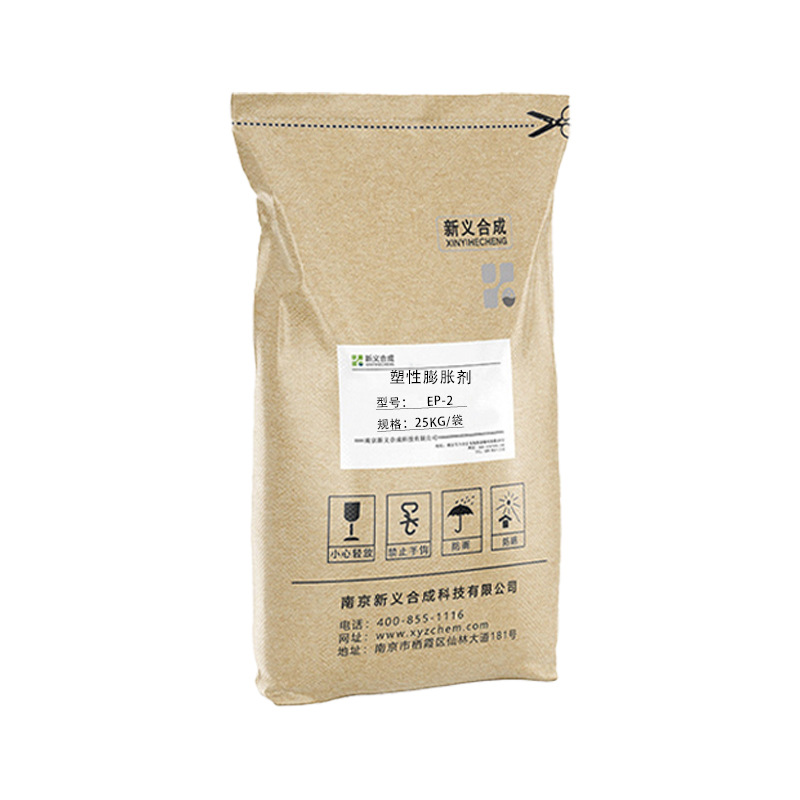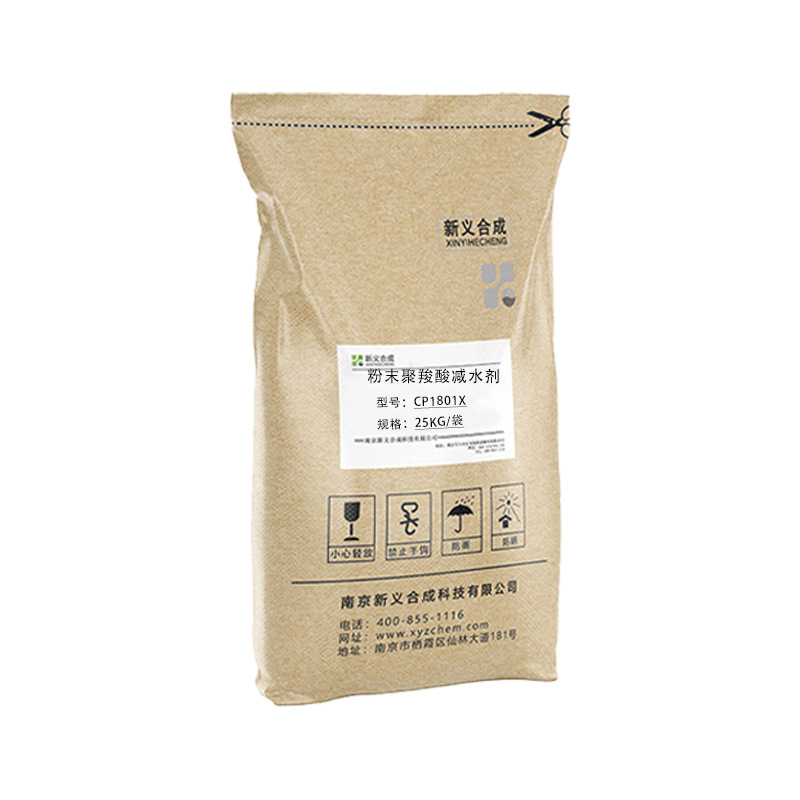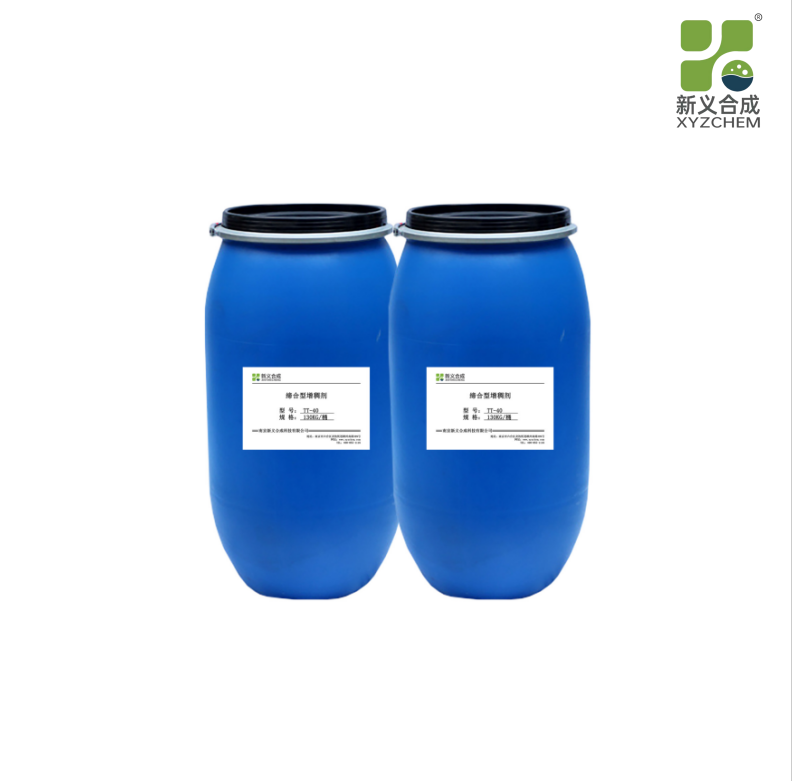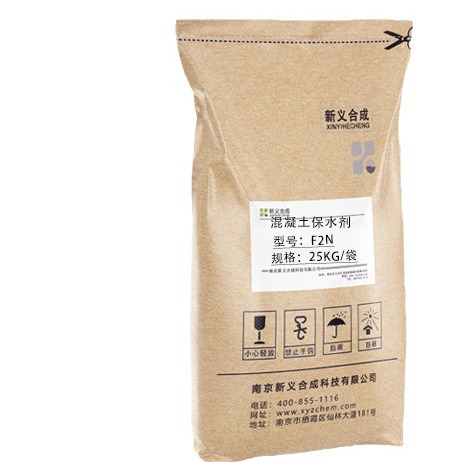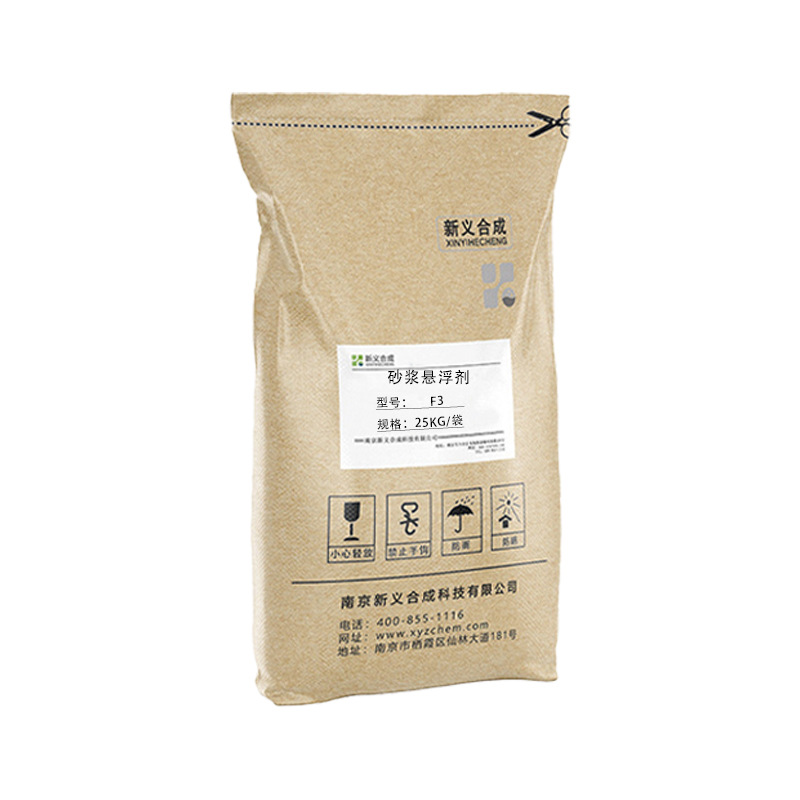Broad-spectrum preservatives are a class of preservatives with a broad antibacterial spectrum, which can inhibit the growth and reproduction of a variety of microorganisms. The following is a detailed introduction to broad-spectrum preservatives:
Definition and function
Broad-spectrum preservatives have efficient and broad-spectrum bactericidal and antibacterial effects, which can effectively prevent the product from being contaminated and eroded by bacteria, yeast, mold and other microorganisms. They are usually used in water-based products, cosmetics, skin care products, food, medicine and other fields to ensure the safety and stability of products.
Common type
CMIT (Isothiazolones) :
Function: Protect waterborne industrial products from bacteria, yeasts and molds.
Features: High efficiency, broad spectrum, environmental protection fungicide, suitable for water-in-water and water-in-sand and other systems.
HTK-301:
Function: Effectively prevent the erosion of harmful bacteria, fungi and other mouldy microorganisms.
Features: high purity, low viscosity, suitable for high temperature, strong alkali environment. Widely used in coatings, waterborne polymers, paints and other waterborne products anticorrosion.
Imidazolidinyl urea:
Use: Commonly used as a preservative in cosmetics and personal care products.
Mechanism: Inhibit the growth and reproduction of bacteria and fungi by interfering with microbial cell wall synthesis.
Phenoxyethanol :
Function: Broad-spectrum preservative, effectively inhibit the growth of bacteria and mold.
Usage: Used to prevent product deterioration, common in skin care products.
Parabens:
Function: It has antibacterial effect and is widely used for anti-corrosion protection.
Types: including methyl paraben (Methylparaben), Ethylparaben, etc.
Precautions for use
Compliance with standards: When using preservatives, the relevant national standards and regulations must be followed to ensure that the amount of use and residue is within the safe range.
Pay attention to synergies: The combination of several preservatives may achieve better results, but pay attention to the synergy and stability between them.
Understand the use environment: Different preservatives are suitable for different environmental conditions, such as temperature, pH value, etc., you need to choose the appropriate preservative according to the specific situation.
Safety assessment: The safety of preservatives is assessed to ensure that they are not harmful to human health and are environmentally friendly.
Development trend
With the advancement of science and technology and the improvement of environmental protection awareness, the research and development of broad-spectrum preservatives will pay more attention to green, efficient and multi-functional aspects. In the future, more new and environmentally friendly broad-spectrum preservatives may emerge to meet the demand for preservatives in different industries.
Benefits of chemical preservatives
1.Protect product safety
Prevent microbial pollution: Chemical preservatives can effectively kill or inhibit the growth of microorganisms to prevent food, drugs, cosmetics and other products from being contaminated by microorganisms during storage, transportation and use.
Prolonging product life: By preventing the growth and reproduction of microorganisms, chemical preservatives can extend the service life of products and reduce losses caused by deterioration.
2.To protect consumer health
Reduce the risk of food poisoning and allergies: The use of chemical preservatives can effectively reduce food poisoning and allergies caused by product deterioration, and protect the health of consumers.
3.strong adaptability
Wide range of pH adaptation: Chemical preservatives can show excellent antibacterial and bactericidal effects in acidic or alkaline environments, and are highly adaptable.
4. Environmental protection and safety
Non-volatile, no pollution to the environment: most chemical preservatives are non-volatile, harmless to the environment, in line with increasingly strict environmental standards.
5. Easy to use
Good fluidity: Chemical preservatives have good fluidity and are easy to add to materials that need protection.
Non-flammable properties: Some chemical preservatives have non-flammable properties, which improves the safety of storage and use.
6. Variety
Various types of selection: According to the different chemical structure and mechanism of action, chemical preservatives can be divided into a variety of types, such as silicone preservatives, copper oxide preservatives, etc., can be selected according to different application scenarios and needs of the appropriate preservatives.
In summary, chemical preservatives have significant benefits in protecting product safety, protecting consumer health, strong adaptability, environmental protection and safety, convenient use and variety. These benefits make chemical preservatives widely used in food, medicine, coatings, building materials, cosmetics and other industries.
